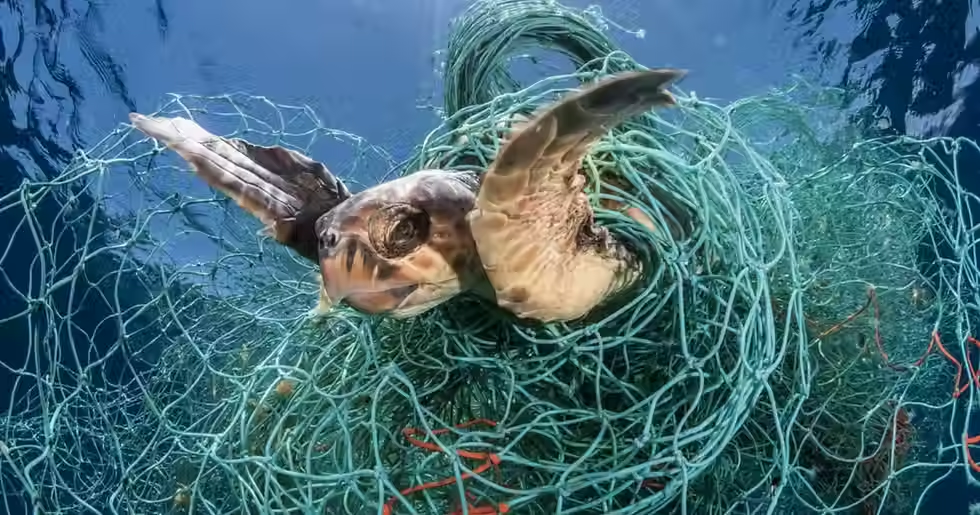San Diego’s Thousand-Year Flood
- Lucas Chen

- Jan 31, 2024
- 3 min read
Updated: Jun 28, 2024
Humans now inhabit over twice the amount of flood-prone land compared to four decades ago. [1] As we expand along coasts and into floodplains, the opportunities for floods to occur multiply. The cruel and unending pollution from global industries damages the fragile water cycle, impacting communities worldwide. An increase in temperature allows air to hold more water vapor, which leads to more powerful and severe storms, along with an increase in rainfall. [2]
This global shift has recently heavily impacted the west coast of the United States, where residents of San Diego, California received unprecedented amounts of rain on January 22, more than the city typically receives in a month. [3] Homes and businesses were surged with feet of water as citizens tried to minimize the damage from an imminent thunderstorm, which has now been dubbed the “thousand-year storm” for its intensity. Upon further investigation, however, there seems to be more to the story. Meteorologists report that even the most severely impacted places would have received just six inches of rain, not the several feet that citizens observed. There is an additional, more obscure factor behind the flooding. Like its urban equivalents, San Diego has several water damage countermeasures put in place to prevent natural disasters like Jan 22. One of the most important is its massive stormwater system, which is designed to pump out water to bays and oceans as it receives incoming flow. On the day of the storm, six of the city’s 15 pump stations were overwhelmed and therefore unable to properly drain the streets, leading to a buildup of water spreading into buildings. These stations were the driving force behind most of the destruction in the flooding.
Had more care and attention been paid to the city’s old systems, the effects of the storm could have easily been minimized. Most of San Diego’s stormwater infrastructure was built around 50 to 100 years ago, making it outdated and primitive compared to modern networks. Officials were even aware that the structures were at risk months before the storm, yet did not take any actions to improve them. A presentation given last year to the city council alerted that four stations were in critical condition. “Water is leaking out through the walls,” described a civil engineer at one of the stations. “There’s cracks everywhere, water is coming through.” Mayor Todd Gloria even admitted that the condition of the system was concerning, noting in one address that it “keeps me up at night”. The stormwater pumps are not the only pieces of technology that sorely need updating, though. Thousands of miles of underground water pipes are decades past their expected service lives. Burst pipes were responsible for creating 20 sinkholes in 2022 alone.
San Diego’s monumental flood is a dual-sided warning about the danger of falling behind in an expanding world and against the ecological demolition that happens every single day. These are two sides of the exact same global coin. Without any impactful action, Earth is expected to warm up by at least 2.7 degrees Fahrenheit by 2100, with expert estimates ranging up to 8.6 degrees. [4] The amount of human-inhabited flood-prone land is also on track to increase by 45% by the end of the century. [5] Our world is on a slippery slope downwards. The infrastructure of the past can no longer sustain our new lifestyles. San Diego’s stormwater department has been consistently coming up short each year, and now the program is $4.8 billion behind in its planned projects. [6] We need to take action immediately, for the sake of our generation and future generations.
San Diego is now making several efforts to minimize damages. The City council recently approved Mayor Todd Gloria’s plan to waive reconstruction fees for affected citizens. For small businesses and nonprofits, the city also created emergency grant funding to provide those in need with extra resources. [7] Let’s support San Diego in their rebuilding efforts, and look towards the Jan 22 flood as a symbol for change. If we work together, there’s no flood that can overtake us.
Citations
[1] https://www.preventionweb.net/news/flood-threats-are-rising-heres-where-people-are-moving-harms-way
Cover Image:




Beauty products are items applied to the external parts of the body, such as the skin, hair, and nails, to clean, protect, improve appearance, or enhance well-being, and include a wide range of items like makeup, skincare, haircare, and fragrances. These products serve to beautify, promote attractiveness, and boost self-esteem, and encompass everything from makeup like lipstick and foundation to personal care items like shampoo, soap, and deodorant.
Also read : https://discontinuedbeauty.com/product-category/tigi/
Sewer hydro jetting is a plumbing technique that uses high-pressure water to clean sewer and drain lines by blasting away blockages and built-up debris like grease, soap, and roots. Plumbers insert a specialized nozzle attached to a high-pressure hose into the pipe, with water pressure up to 4,000 PSI scouring the pipe walls to restore proper flow.
also read: https://sewertvplumbing.com
Plumbing systems are an important Mayer Plumbing part of any home, providing fresh water for drinking and domestic use, and removing wastewater and sewage. However, plumbing issues are rather common in Indian households due to factors like poor quality of plumbing infrastructure, lack of maintenance, water contamination, and more.
Airboats are particularly effective at water rescues in shallow, marshy, or icy winter environments. Airboats are partially amphibious and can therefore navigate effectively over obstacles, such as partially submerged buildings and wreckage or sea ice, that would stop a normal boat.
also read : https://www.airboatridesfortlauderdale.com/
Contract disputes are one of the AricCramer.com most common types of lawsuits. A contract dispute can arise when one party believes that the other party has breached the agreement or when one party disagrees with the other party about what the contract means.